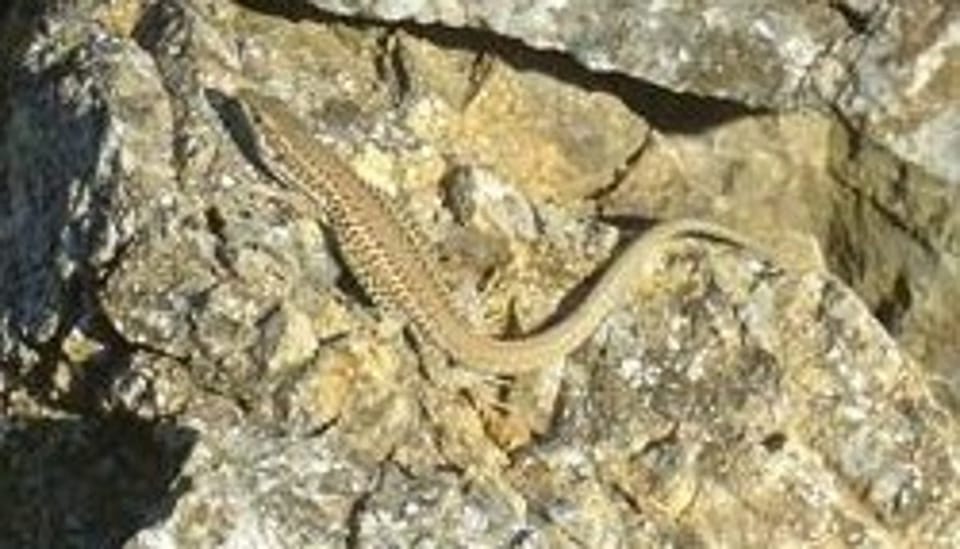Aegean Wall Lizards Exhibit Advanced Camouflage Strategy by Selecting Optimal Backgrounds

Aegean wall lizards on Greek islands have been observed to actively select specific background environments to optimize their camouflage against predators, a behavior detailed in a Scientific Reports study. Unlike chameleons that alter their appearance, these lizards strategically choose resting spots that match their own coloration, thereby minimizing detection by birds of prey.
Researchers analyzed lizard coloration and rock backgrounds, including ultraviolet light perception, to understand how lizards appear to birds. The findings indicate that lizards with darker dorsal surfaces tend to choose darker rocks, while lighter-colored lizards opt for lighter backgrounds. This explicit selection of microhabitats to enhance camouflage is a novel observation in wild animal behavior.
The study also noted that this selective behavior is more pronounced in areas with higher predation risk. Lizards on islands with less threat exhibited less consistent background choices for camouflage. This suggests that the lizards possess an awareness of their own coloration and its effectiveness against predators, though the precise mechanism for this self-assessment remains an area for future research.
This adaptive strategy underscores the evolutionary pressures faced by prey animals and the complex interplay between an organism's phenotype, its environment, and predator-prey dynamics. The ability to make informed microhabitat choices based on visual cues represents a significant, albeit passive, defense mechanism.
网友讨论